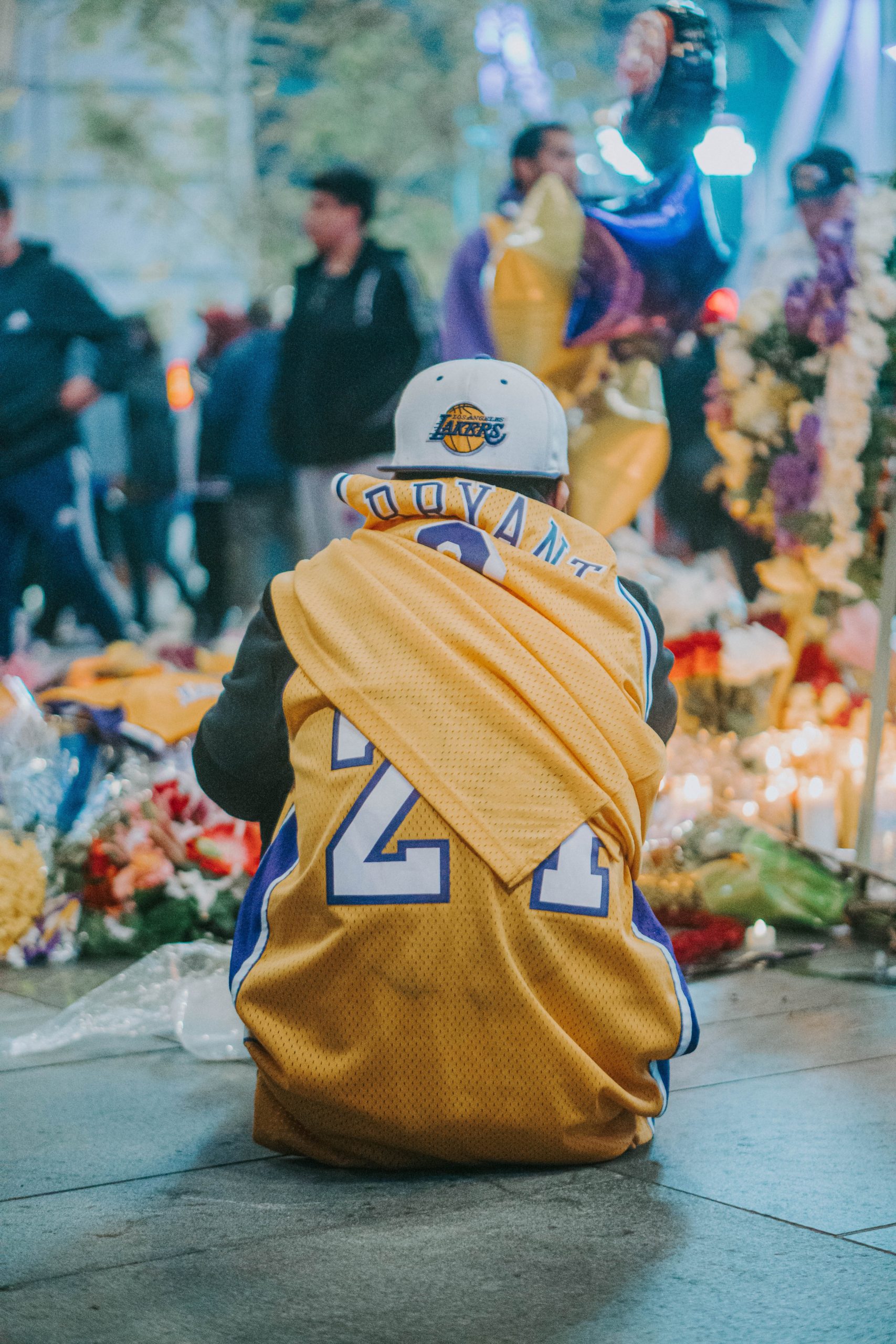By Rachel Lindemann
A strong social media layout is a crucial component for building brand awareness and growing engagement. Many brands, both large and small, have started to use social media layouts as a way to promote new product launches, show how they have re-branded themselves, or as a way to reinforce their overall store aesthetic. But just how effective are these hyper-professional-looking social media layouts when it comes to customer engagement?
In a study done by Stackla, it was found that out of 1,590 respondents from the U.S., U.K., and Australia, the majority of people agreed that authenticity is a significant factor when picking the brands they support and follow. However, the definition of authenticity varies between consumers and brands. Authenticity, according to consumers, meant they wanted to see more user-generated content posted on a brand’s social profile, whereas brands thought it meant consumers wanted more brand-created content on their social profiles.
“Most consumers say that they’ve made purchasing decisions based on user-generated visuals – 57% have made plans to dine at a particular restaurant, 54% have purchased a consumer packaged good and 52% have made plans to travel to a specific destination based on a consumer-created image or video.”
– Megan DeGruttola, Social Media Today.
It’s interesting to find that most people value authenticity and user-generated content even though we live in a paid, influencer-dominated social world right now. This miscommunication between brands and their target publics could lead to brands potentially losing out on sales and customer engagement because their pages don’t reflect user-generated content. Knowing this information, brands should make a necessary change in what they post on their social media pages and start including more posts that reflect the consumer’s definition of authenticity.
Take a look at two examples of brands that have mastered posting user-generated content on their Instagrams!
Brands like Lululemon and Glossier post a mix of professional promotional product pictures as well as content created by actual people who use their products. This balance reflects the definition of authenticity that consumers are looking for when they decide which brands to like and follow.
For more information about me visit www.rachellindemannpr.com and make sure to connect with me on LinkedIn!




I really enjoyed reading this article! I completely believe that brands using more user-created content makes a big impact with authenticity on their media channels. Although I wonder if there gets to be a day where consumers are so cautious of false authenticity that it becomes an issue in the world of social media marketing? Overall, I think that authenticity is extremely crucial for a brand’s online presence but I am curious to see where that direction takes brands in the future.
Hi Rachel! I 100% agree that user-generated content is more effective in getting me to engage with a social post or do the desired action (e.g., purchase the product, share the post, etc.). Since humans are easily persuaded by others, brands should definitely post more content involving the people who actually engage with their products/services every day. I think this is why we’re living in the influencer-dominated world you mentioned in your post. Even if brand-influencer relationships seem less genuine because of the money aspect involved, we can’t help but be interested in what the influencers are presenting to us.
I love this post! It feels like certain brands are definitely opting for a more user-generated approach to their content, but I don’t think social media managers have quite caught on to its importance. TikTok is a prime example of consumers valuing authentic content. The products that go viral are usually the ones that average people start raving about without being sponsored of asked to post. This relates back to The Cluetrain Manifesto point that consumers trust other consumers more than they trust the vendors. If I see someone on social media is genuinely excited about the results of a product without outside influence, I’m always more inclined to buy it.
I really love this post! It feels like certain brands are definitely opting for a more user-generated approach to their content, but I don’t think social media managers have quite caught on to its importance. TikTok is a prime example of consumers valuing authentic content. The products that go viral are usually the ones that average people start raving about without being sponsored of asked to post. This relates back to The Cluetrain Manifesto point that consumers trust other consumers more than they trust the vendors. If I see someone on social media is genuinely excited about the results of a product without outside influence, I’m always more inclined to buy it.
I think that this is quite an important idea to write about! Our awareness and following actions via social media can most definitely be driven by the authenticity of the posts we see on these platforms. I often wonder about false authenticity by brands and certain influencers to gain profit, but at the end of the day, that’s the goal for the companies and individuals and more often than not, I’d assume that people don’t read into this too deep and believe the initial ploy of authenticity. Depending on how strongly tied to the brands we are, we can be blind to some of these aspects and fall into the trap that is set by the companies and individuals to purchase certain items or services. Otherwise, I feel that in our online-driven world today, most individuals that are savvy with social media can better identify the falsity or other intended goals in some of these campaigns. Regardless of the reasons behind the authenticity motives by each brand or influencer, it is part of the world we live in and I appreciate you taking the time to discuss the approaches that many take.
This is quite an important idea to discuss! Our awareness and following actions via social media can most definitely be driven by the authenticity of the posts we see on these platforms. I often wonder about false authenticity by brands and certain influencers to gain profit, but at the end of the day, that’s the goal for the companies and individuals and more often than not, I’d assume that people don’t read into this too deep and believe the initial ploy of authenticity. Depending on how strongly tied to the brands we are, we can be blind to some of these aspects and fall into the trap that is set by the companies and individuals to purchase certain items or services. Otherwise, I feel that in our online-driven world today, most individuals that are savvy with social media can better identify the falsity or other intended goals in some of these campaigns. Regardless of the reasons behind the authenticity motives by each brand or influencer, it is part of the world we live in and I appreciate you taking the time to discuss the approaches that many take.
Hi Rachel!
I totally agree with you that social media layout is a crucial component for building brand awareness and growing engagement. In today’s world, aesthetically pleasing content lures in consumers and makes organizations stand out in their own ways. I also think your point, “most people value authenticity and user-generated content even though we live in a paid, influencer-dominated social world right now,” is so interesting to think about. Many people think social brands are being “real,” but really they are using this tactic to appeal to the general public.
Rachel, this is actually something I have thought very little about. Looks are EVERYTHING when it comes to brands on social media. The aesthetic, the layout, the organization, and the way they describe the product. Someone who is buying the product wants it to look good on them. At this point, as consumers, we can often see through a lot of brand schemes. This is why it is important to emphasize authenticity by promoting something that is relatable to the audience. Personally, I am not going to buy something because of a particular influencer but honestly, if I see regular people reviewing a product that I think would be appealing, it would motivate me to buy it. With that being said, my eyes are drawn to aesthetics. This is why brands need to find a balance of aesthetic and authenticity. -Leah Friedman
Hi Rachel,
Your content delivered an intriguing angle. Something I never would have considered impacting engagement would be layout, even though I am a social media user who enjoyed the layout variety that Instagram unlocked when allowing for more photo sizes to be accommodated, rather than just the one square. This dives into that second level, or more detailed analyzation, of social media & how we interact with it as consumers. I look forward to connecting with you & seeing your future work.
Hi Rachel! This was a wonderful post. I had considered before the importance of social media layouts to brands who are trying to convey an authentic image. Your two examples, Lululemon and Glossier I think are great. Because these are “Gen Z” companies I can see why they may be more adept at this user-generated content. I can see it being more difficult for companies that don’t necessarily have the same image as Gen Z companies. While it might be difficult to transition their content, it would likely bring fresh cliental with it. I know I personally trust user-generated content more than purely ad based content.
Hey Rachel! I thought your blog post discussed something we haven’t really talked too much about, and I liked how you mentioned some great statistics to prove your point of how important social media layout is. A social media account’s layout/theme is crucial for some brands as they rely on a certain aesthetic for their content. While it may seem silly to others, your post does a great job of proving the layout of an Instagram feed is extremely important and should not be overlooked. I enjoyed reading this and thought you did a wonderful job!
Hey Rachel! I thought this post was really interesting as this is not something we have discussed yet, and I believe it does need to be mentioned. A social media account’s layout or style is important because it creates brand awareness for the company, and can cause viewers to learn more about the brand. A lot of people can think social media layouts and styles are not important, but your statistics show that consumers do make decisions based on visuals and how important they can be. I really liked how you also mentioned that consumers like aesthetically pleasing content, but they still want that “authenticity”. It really is just about finding a balance that represents your brand while also giving consumers the best experience. Great job!
Hi Rachel! I think this is a great topic for this class. I have been doing social media marketing for small businesses for about five years now, and I have definitely found that social media layouts are a game changer. It makes it so much easier to plan out posts and make sure that we are creating a cohesive look. It is easily a step that you can skip in marketing that wouldn’t make a big difference, but it can help.
Hey Rachel,
I very much enjoyed reading your blog post. I haven’t given much thought to whether users are more likely to prefer a professional brand layout compared to a casual user generated layout. But it makes total sense to me that most of the users prefer an authentic profile and therefore user generated content over brand created content. When I am interested in buying a product, I too search for user generated content because I want to see what the product looks like in “real lif”. Thank you for sharing your thoughts on the topic 😊
Hi Rachel,
You tackled an extremely important topic. I believe that allowing user-generated content on the social media platforms of organizations demonstrates the willingness of organizations to be sincere to the world about customers’ impressions. However, the situation now is tricky, given that companies have resorted to paying anonymous people to provide fake reviews. Also, competitors can infiltrate the platforms of other organizations to give negative reviews. So, the intent and authenticity of reviews are increasingly losing their value, in my opinion.